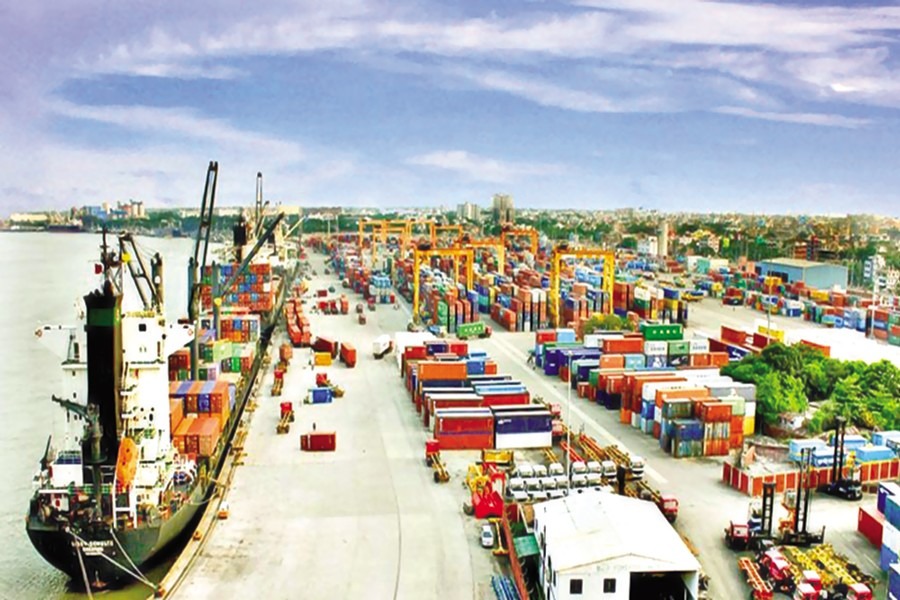
Published :
Updated :

Bangladesh's poor global logistics ranking in the World Bank's Logistics Performance Index (LPI) speaks volume for the country's inability to utilise its trade potential and competitiveness. In today's stiffly growing competition in accessing markets abroad, integrated logistics serve as the basis for international trade, providing competitive edge and even global branding of products. It is exactly for this reason, the seaports in several countries have been transformed into multimodal transit points optimising their capacities. If container handling at the Chittagong Port takes five to six days instead of the global standard of one to two days, it is indeed pitiable. How business fails to connect with the global value chain becomes clear from this inefficiency. This is, however, just one aspect of the process, the port or ports concerned also fail to attract foreign vessels to call at such facilities.
The roundtable organised by the Financial Express brought together both government functionaries and astute businesspeople in order to collate their opinions and suggestions for riding the rough time ahead in international trade. To the meeting's credit, it has found pragmatic suggestions including greater participation in the process of logistical capacity building. One unanimous verdict that emerged from the deliberations is that there is no alternative to developing and integrating logistics in the form of a multimodal chain. It means that rail, road and the Chittagong Port will get connected through integration of an efficient transport network of both rail and road, sufficient warehouses including inland container depot preferably under public-private partnership and an upgraded distribution system. The bottom line is that the capacity development of not only the Chittagong Port would be enough but other ports ought to be put to optimal use with complementary innovative way of facilitating business. Another large-scale roundtable to be held on the same subject, as informed by the editor of the FE, may give further insight into the way forward.
Currently, though, the interim government is talking about the much-hyped reform to the Chittagong Port, the main task to be undertaken is to develop three bay terminals by the Chittagong Port Authority, PSA Singapore and DP World. Hopefully, the track records of the two foreign port operators and supply chain companies will be of tremendous help in expanding the port and the bay terminals' capacities, allowing those to have a competitive edge in real time export. Alongside the World Bank-financed Bay Terminal Breakwater Project, a 'port community system' interlocking the three seaports on the WB model is on the cards.
Undeniably, to stay in competition there is no alternative to taking advantage of the cheapest export mode -- sea routes that is, particularly after the hawkish global business environment set off following the reciprocal tariffs imposed by Donald Trump on both his friends and foes. A small country like Bangladesh with a limited basket of export goods must develop and diverse its export basket in order to get over the adversities facing business. It has to seize the least opportunities in the shifting global channels emerging from the higher levies slapped on some countries. However, one note of caution: the agreement on handling operation by foreign port operators and supply chain companies should be limited to a reasonable period during which time, the local operators, automation and other related logistics support will match the world's best.


 For all latest news, follow The Financial Express Google News channel.
For all latest news, follow The Financial Express Google News channel.